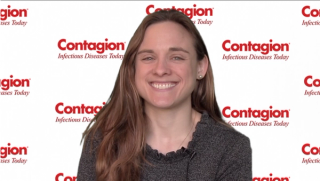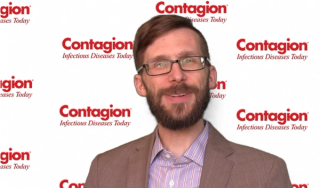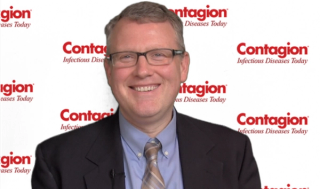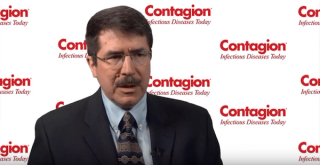
Prevention
Latest News
Latest Videos

CME Content
More News

Clinicians who avoid writing antibiotics prescriptions for elderly patients with urinary tract infections may be putting those patients at risk for bloodstream infections.
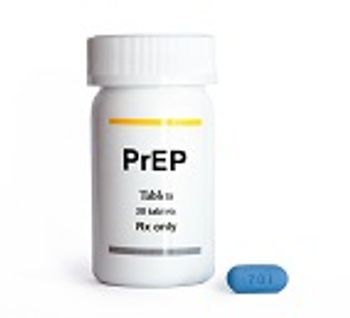
On-demand pre-exposure prophylaxis with TDF/FTC is not associated with a clinically relevant change in kidney function the way daily PrEP use is, investigators in France found.
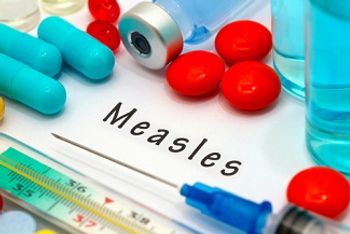
Countries around the world begin to respond to measles outbreaks, with Italy taking the step of keeping unvaccinated kids home from school.
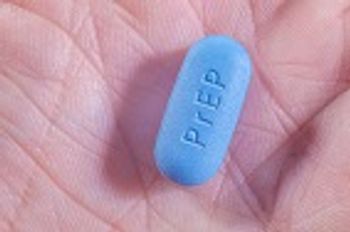
Short-term investments in pre-exposure prophylaxis (PrEP) are predicted to result in long-term cost-savings and promote significant health benefits following its distribution in Germany, according to a new modelling study in Eurosurveillance.
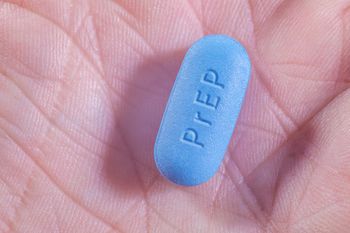
Persistence on HIV pre-exposure prophylaxis drops off dramatically over a 2-year time period, with only 2 out of 5 users persisting on the treatment, according to a recent study from Emory University.
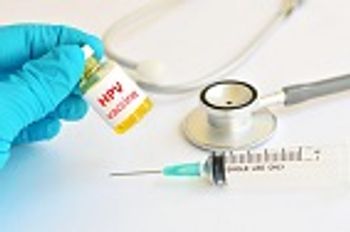
The HPV vaccine appears to be doing what it was intended to do—lowering rates of cervical cancer, particularly HPV types 16 and 18, responsible for most cases worldwide.
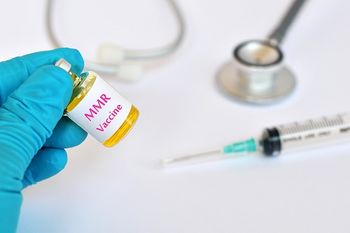
With 206 cases of measles reported so far in 11 states in 2019, a new study noting that there is no connection between the measles, mumps, rubella (MMR) vaccine and autism has been released.
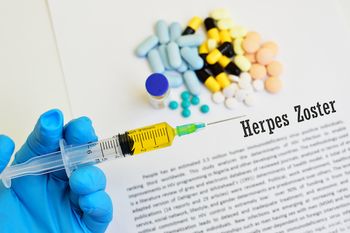
The rise of Shingrix as a first-choice prophylaxis for shingles has lead to increased demand as the manufacturer commits to ramping up production.

Investigators in Denmark showed that a cocktail of common antibiotics could fight resistant E coli and treat urinary tract infections after determining that resistance toward 1 drug leads to sensitivity to another.
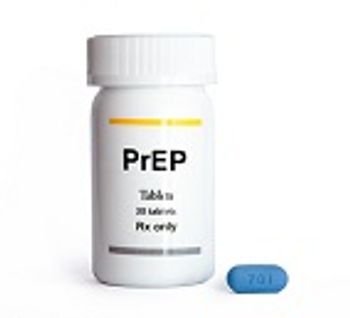
Recognizing that many college students are in the riskiest category, agewise, for HIV, new guidelines aim to help providers be more proactive about PrEP.

T2 Biosystems, Inc. received FDA Breakthrough Device Designation for its T2Resistane Panel, a new device to aid in the fight against antimicrobial resistance.
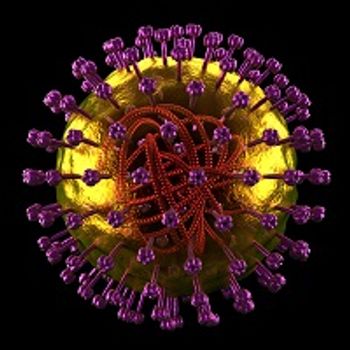
With 6 ongoing outbreaks, cases reported across 10 states, and the FDA commissioner contemplating federal intervention, measles remains at the forefront of collective consciousness.
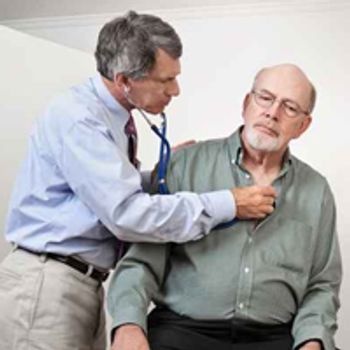
Workers in a variety of industries—not just health care—face significant risk of infection at work. A new study finds a number of new risks are emerging, adding to the need for vigilance.
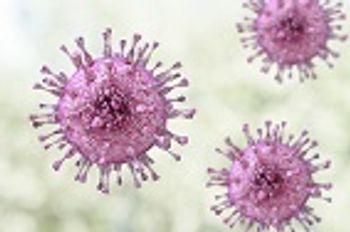
Investigators at Memorial Sloan Kettering Cancer Center determined valganciclovir was the preferred first-line preemptive therapy to prevent cytomegalovirus in patients following an allogeneic hematopoietic cell transplantation.
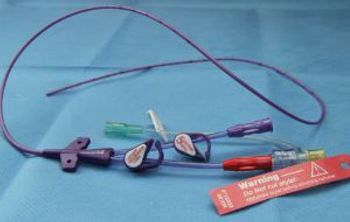
The length of mechanical friction applied to the needleless connector of a central venous catheter before insertion may make a difference in rate of disinfection.
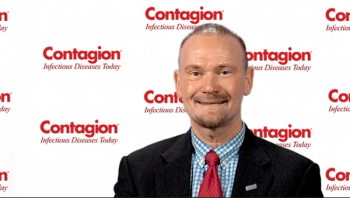
W. David Hardy, MD, discusses how important access to PrEP is for people at high risk of contracting HIV.

The incidence of invasive meningococcal disease fell from 67% in the first quarter of the study period to 4% during the last quarter at a hospital in Spain.

Jason Gallagher, PharmD, FCCP, FIDP, FIDSA, BCPS, kicks off his second year as editor-in-chief by welcoming 6 industry experts on as section editors.

Hospital-onset sepsis is twice as deadly as community-onset sepsis and increases the risk of death 3-fold, according to the results of a cohort study comprising 2.3 million adult patients.

Evidence suggests AUC-guided vancomycin dosing is a safer method than traditional trough-guided dosing.

A computer simulation model developed by NYU investigators uses math to forecast influenza activity.
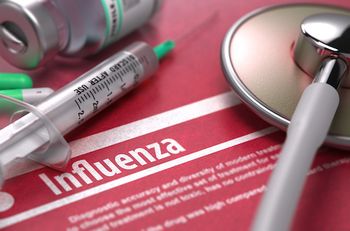
As flu activity remains elevated in all regions of the United States for the fifth week in a row, a new study quantifies the impact of flu vaccination last season.

Should patients be screened for emerging infectious diseases based on travel history? Recent studies cast doubt.

An oral alternative for patients requiring broad-spectrum therapy in this era of resistance.
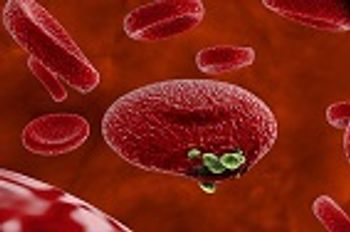
Single-dose tafenoquine shows promise for the radical cure of P vivax malaria, according to two new studies published in the New England Journal of Medicine.







